We are living in an age of hyper-uncertainty with Covid, Russia’s war on Ukraine, inflation and other local and global factors of varying degrees of seriousness making it increasingly difficult to map out a road to the future, according to a recent fascinating, if not entirely cheery, piece of research from Behaviour & Attitudes (B&A).
B&A’s annual Sign of the Times survey, some details of which were published in this newspaper late last month, contains many insights into how Irish people are coping with the waves of crisis, including war price hikes not seen since the 1980s and, of course, a global pandemic that refuses to go away.
It also draws parallels between now and the 1990s to illustrate how much our world has changed. The popularity of mass and mass gatherings in nightclubs has fallen off a cliff, while gyms and yoga studios have taken off in ways that would have once seemed unimaginable.
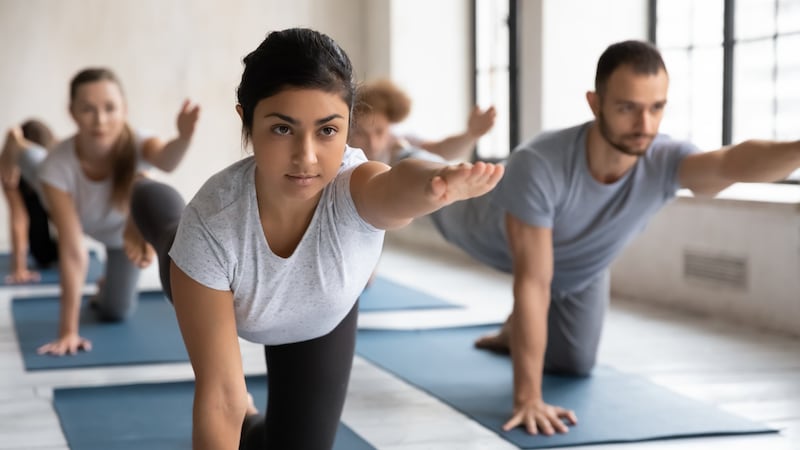
We eat better and exercise more but have also seen our waistlines widen alarmingly thanks, at least in part, to our reliance on processed food and takeaways. In the 1990s, one in 10 Irish people was considered obese compared to one in four now. Back then, only 3 per cent of Irish people ate ready meals regularly; today the number has jumped to one in three of us, while the popularity of takeaways has also soared.
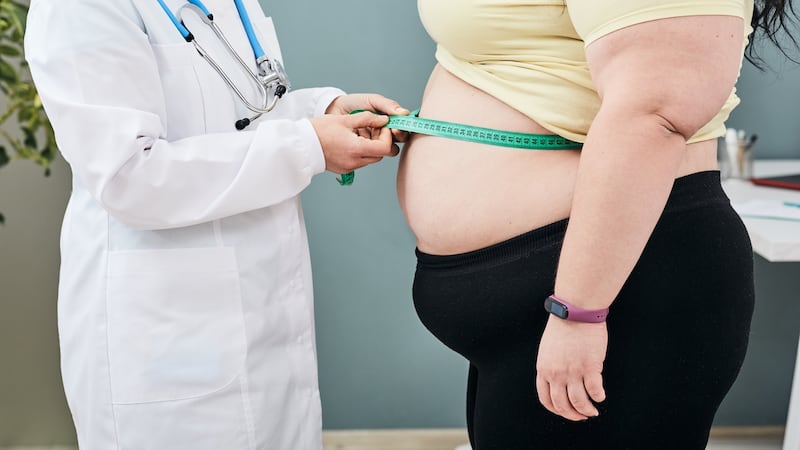
But that is the fun stuff. There is darkness in the report, too.
It suggests that as a society we are more polarised than at any time since, perhaps, the Civil War when it comes to social and political issues – thanks, Twitter – with worse likely to be coming down the tracks later this year as tension between the haves and have-nots mounts and increasing debt and consumers strongly cutting back spending becomes more likely.
And the report, for all its comprehensiveness, doesn’t even get to the possibility that we will have to ration energy, something that would have been unimaginable even six months ago.
But amid all the unavoidable gloom, there is much to be learned about the state of the Irish consumer and how we have all been shaped and reshaped over the past 30 years.
Getting the best
The report notes an increase in our willingness to spend more to get the best, and an growing appetitive for good food. However, there is also a marked increase in shopping around for the best bargains and a decrease in the belief that well-known brands are better than own-brand products.
Just over half of those polled in the 1990s agreed when asked if they were willing to spend more to get the best compared, to just under two thirds now. Some 56 per cent said they loved the indulgence of buying good food then, compared with 65 per cent now, while 56 per cent then said they liked to treat themselves to the “finer things in life” while 77 per cent agree with that statement now.
Sadly, the report does not make it clear what the finer things in life are but we can only imagine that they have changed since the early 1990s when fluorescent shell suits, cubes of cheese on sticks and litre bottles of wine for a fiver were the very height of fancy.
One thing which appears not to have changed is our loyalty, which is odd considering our proclaimed propensity to shop around. When presented with the statement, “Once I find a brand that I like it is difficult to get me change,” 59 per cent agreed in 1991, exactly the same percentage that agreed a full 30 years later.
As well as looking at the then and now, the report looks at how consumers have been changed by Covid and points at ways brands must adapt to those changes.
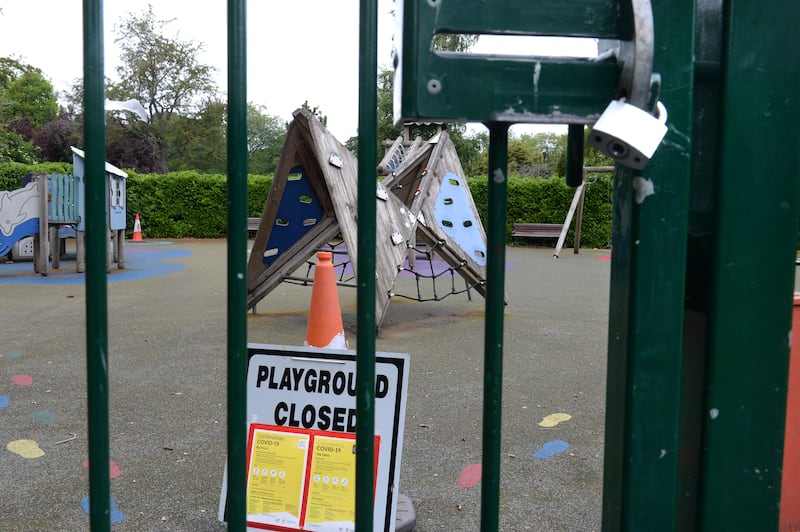
It says that the experience of the pandemic has ignited a strong desire to “make up for lost time”, with two years out of our lives described as “very significant, particularly for the young, the old, and anyone at transition points in life (young adults who are pre ‘settling down’, those looking for new relationships, the recently retired)”.
The research suggests that making up for lost time thing has been in evidence since the end of the last lockdown and manifesting itself in different ways.
Getting children back into their activities was a huge focus of summer and autumn of last year, it says, while highlighting how young adults flocked back to pubs and nightclubs during the brief boom in the autumn of 2021.
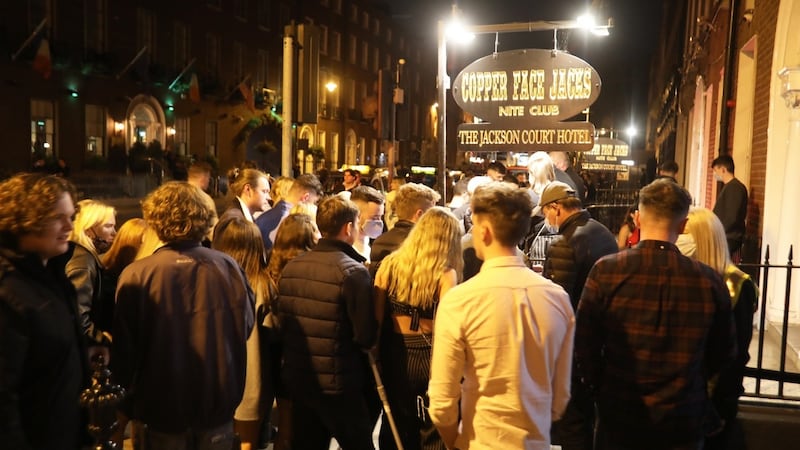
It says a major focus remains on communal experiences, which Covid curtailed to an absolutely massive degree, and it suggests that “dialling up the experiential is a good idea for most brands”.
‘Hyper-thrifty’
It suggests that the autumn will be a good time for brands in a position to help consumers with budgeting and book-balancing, “as the spoils of the summer will have to be paid for”, and adds that “the full economic implications of the period we’re living in haven’t quite hit us yet – we can all see those trains coming down the tracks. Anything brands can do to help consumers manage day-to-day expenses better will be welcomed. The age of the hyper-thrifty consumer may soon be upon us.”
It says there is “great appreciation for brands that went the extra mile during the Covid crisis” but notes that more is expected of brands as “many of the younger/poorer members of society are still really struggling. These are longer term, more chronic issues, but brands in a position to support more marginalised groups will be appreciated for doing so.”
It argues that brands with an interest in social cohesion “should be looking for ways they can connect different groups in society and foster commonalities between them”, and notes that this “is sorely lacking for today’s consumers”.
And what should brands do? They could draw “connections through shared interests, shared spaces, priorities (think about some of the common views held by the youngest and the oldest on climate change for example)”.
Another suggestion from B&A is the encouragement of “respectful debate and sharing of views” and it cautions brand to “always be vigilant about social media’s propensity to make the debate confrontational and avoid the pitfalls of Twitter in particular”.
It points out how social-media influencers and tribes are informing consumer decision-making and says that while expert advice is crucial, “we are also strongly informed by the views of people who we feel understand and ‘get’ us”. It warns that while people’s connections on social media “may not actually deliver this, it could well be an illusion, but it is a powerful one all the same”.
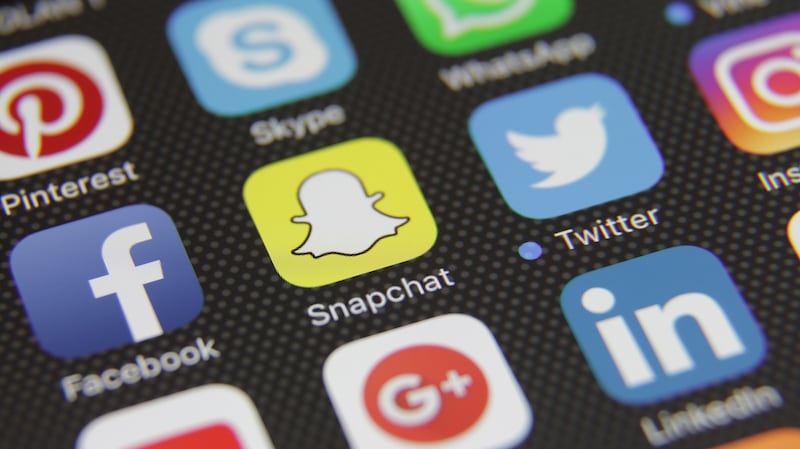
It highlights a “flagging” in the motivation to push on with significant steps to reduce our carbon emissions and says that could be because “environmental change can be associated with cost” and people “don’t feel empowered or informed enough to make the changes required”.

People also question whether there is sufficient leadership from Government or big business to help them make the necessary changes and the report notes that “political parties (as a collective) are not signalling this as a priority. Covid showed us what could be achieved when things were truly urgent. Almost none of that focus or monetary investment is being put into fighting climate changes.”
It also says people “don’t feel anything has actually been achieved, or if it has it’s too small to be of consequence [and] feel isolated, with our own efforts not worth much. We need to feel like part of something bigger and that we’re all working together.”
Messaging
It encourages brands to consider their messaging and says consumers are much more open to changing behaviour if a company starts small and frames it in a positive way. “Tone is also important. The constant doom and gloom with no strategies for improvement are causing consumers to disengage.
“People need to be given strategies and clear direction on what makes a difference – any brands that can do this will be at a big advantage. The feeling that green behaviours should make economic sense for the consumer continues to grow and there will be very little patience for paying more for green options as the cost-of-living crisis kicks in.”
It says individual consumers know “they can’t achieve much on their own. Making people feel like they’re part of a bigger, collective effort is so important” and it stresses that if a brand is “becoming greener” is must “be authentic and clever, otherwise it is washing and wallpaper – people see this”.
Shopping online
The report also looks at how our shopping habits have changed and points to the pandemic-fuelled explosion in the popularity of online retail. It says the pandemic enabled many people to overcome barriers to online that they might not have done otherwise.
The long periods where non-essential retail wasn’t available encouraged consumers to try shopping online, even if it hadn’t previously, with many figuring out issues such as how best to handle returns policies, how to gauge clothes sizing and/or which sites work for them from a sizing point of view, and how to get a better handle on materials, look and feel in an online purchase.
It also notes that while online retail “can feel like a very functional experience compared to in-store, connection and integration with social media is changing this, [with] Instagram Influencers playing an important role in providing inspiration and alerting us to what’s out there, something we used to rely on in-store to do.”
The research does not write off in-store retail and says it will continue to have a place, “but it now must work hard to overcome the advantages online has for consumers”, notably the ease with which people can search for products and compare prices, the absence of queues and the wider availability of products.
It also points our how easy it is for someone to shop from their bed or in a work meeting.
Heaven forbid.
Among the reasons why people told researchers they would still want to go into a store was as a leisure activity. “Shopping still delivers as a fun way to spend time for many, though there is less patience for things like queuing, crowded stores, poor merchandising,” it says.
Then there is people-watching. “We realised during the pandemic just how much other people add to our shopping experiences – watching them for fashion tips, following their lead in terms of navigating the store,” the report continues.
It points to the benefits of engaging with products in real life and says even the very best online experiences “can’t match the total sensorial experience of seeing, feeling, engaging with things in reality”.
The research highlights a “clear love/hate relationship with tech” which it says has many impacts in our society. “We are living in an insular, tech-driven society, but there are signs of desire for social contact and connection” and it suggest that “organisations need to consider how they utilise both in-personal and online to deliver adequate” customer experience.
It says focus “will also need to be placed on building brands creatively in an increasingly digital world, likely through developing emotional connection. Strictly transactional relationships with brands online is part of the fear surrounding tech dominance, which highlights the growing need for offline comms.”










